Mastering for Heavy Metal Music
Quick Answer
Mastering for Heavy Metal Music is the process of preparing metal music for distribution while upholding the sound fans of metal music love and expect. Both transient retention and a cohesive glued-together sound are prevalent sonic aspects of metal music that are created when mastering metal music.
Mastering for Heavy Metal Music in Detail
It’s difficult to say what makes a great heavy metal album. Countless factors including playing style, instrument and amplification tone, vocal and screaming types, distortion types, band influences and so on, go into crafting a metal album.

Heavy Metal is a complex genre, comprised of multiple sub-genres.
With that said, trying to define the exact qualities that make a great metal album may be a bit of an exercise in futility - but what can be said for certain is what makes a great metal master.
It seems that despite the sub-genre of metal, there are characteristics that stay common amongst all great metal music masters. In short, a metal master will need to be loud, powerful and dynamic, retain its detail and transients, all while establishing a cohesive, glued-together sound.

Despite the sub-genre, metal masters share some common characteristics.
We’ll be breaking down what these words mean for the sake of clarity, and how these things are accomplished during a metal mastering session. Also, we’ll be coveringthe forms of processing used during a metal mastering session , and how this processing is best utilized to create a powerful master.
Additionally, we’ll be discussing some great sounding metal albums, as well as discuss how these masters deliver on the aforementioned elements while still augmenting their unique sound.
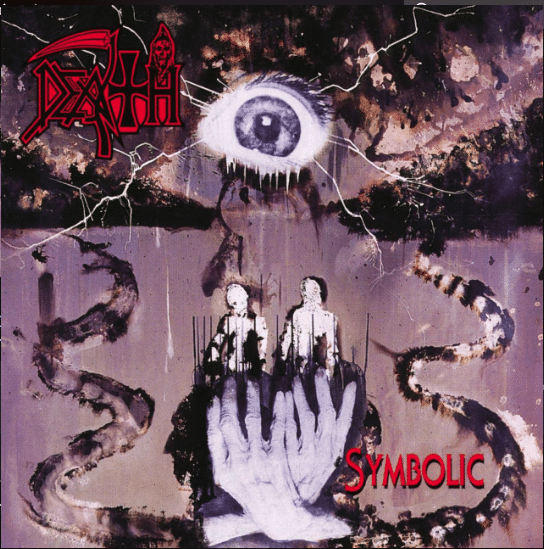
Different forms of unique processing go into creating a great sounding heavy metal album.
And lastly, we’ll be discussing if digital or analog processing is better for a metal mastering session and if it is one or the other, why this might be.
Meanwhile, we’ll be using some examples of popular heavy metal bands to help illustrate some of the different sub-genres of metal, as well as discuss how their masters deliver on the aforementioned elements while still augmenting their unique sound.

Some metal albums can be used as references for most metal mastering sessions.
Keep in mind that metal music is a very diverse genre and that the examples here won’t cover the entirety of what metal is. But hopefully, we can cover enough ground to show what makes a great metal master sound amazing.
If you have a metal mix or mixes that you need mastered, send it to us here:
We’ll master your mix for you and send you a free mastered sample for you to review.
How to Create a Loud Metal Master
Creating a loud metal master means adhering to how loudness normalization affects perceived loudness during streaming playback. This means that dynamics should be preserved as much as possible and that severe or excessive limiting and compression should be avoided if this compression is needed at all.

Establishing loudness is an important part of creating a heavy metal master.
That being said, before we get too far into discussing loudness and how to achieve it, let’s briefly cover how loudness normalization is changing how loud masters are made.

Loudness normalization occurs during streaming and will affect the loudness of your metal master.
In short, if you plan to upload your metal album or track onto a streaming service like Spotify or Apple Music, or maybe you simply plan to upload the record to YouTube, loudness normalization will alter the loudness of your master.
Simply put,loudness normalization causes all albums to be played back at the same loudness. This means that the rules of loudness change so to speak.

Creating a loud master has changed in terms of how to accomplish it.
On a CD, Vinyl Record, or any medium that doesn’t employ loudness normalization, if a master is made louder, it sounds louder. This has been the case for all of audio recording history; today this is a bit different.

When mastering for CD or Vinyl, loudness normalization doesn't need to be considered.
Somewhat counterintuitively, if you make a master louder today, it will end up sounding quieter when it is streaming. This is because, if you want to achieve greater loudnesses you’ll need to use compression, meaning you’ll truncate your dynamics.
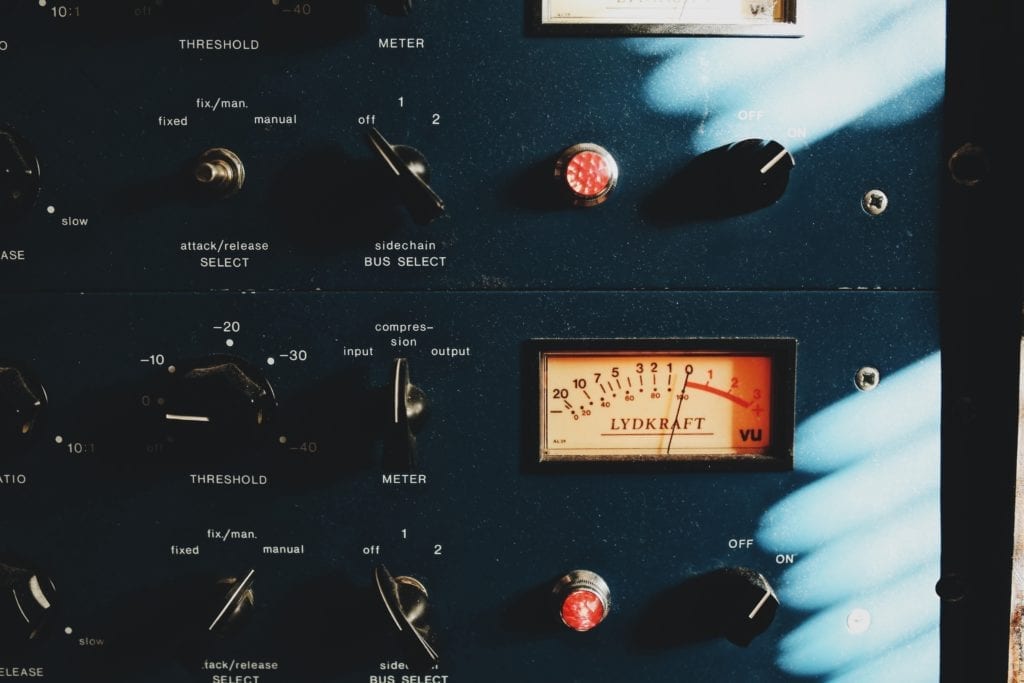
Traditionally, to create a loud sounding master you needed to compress the track heavily and then amplify it.
For metal music, this mainly means that the kicks and snares won’t hit as hard, and the initial percussive chug of a distorted guitar or bass won’t cut through.

Heavy compression will minimize the impact of percussive and transient based instruments.
With that in mind, when your compressed master is compared to less compressed masters at the same normalized volume, the less compressed, more impactful masters will sound better.
So just to recap, loudness normalization:
- Causes louder, more compressed masters to sound quieter
- Causes quieter, more dynamic masters to sound louder
If you don’t intend to release your music on a streaming service, then this doesn’t apply to your mastering session - but if you do, it’s best to better understand loudness normalization prior to creating your metal master.
If you’d like to learn more about loudness normalization, check out one of our many blog posts that cover the topic in great detail:
Both of these blog posts cover important information regarding loudness normalization and the streaming services that use it.
Now that we’ve covered loudness normalization briefly, let’s talk about making your metal master sound loud.
As we’ve discussed, making a louder master doesn’t mean having a louder master in the end. This means you should avoid heavy compression and limiting, as they both serve to limit your dynamic range and result in a quieter sounding master when streamed.
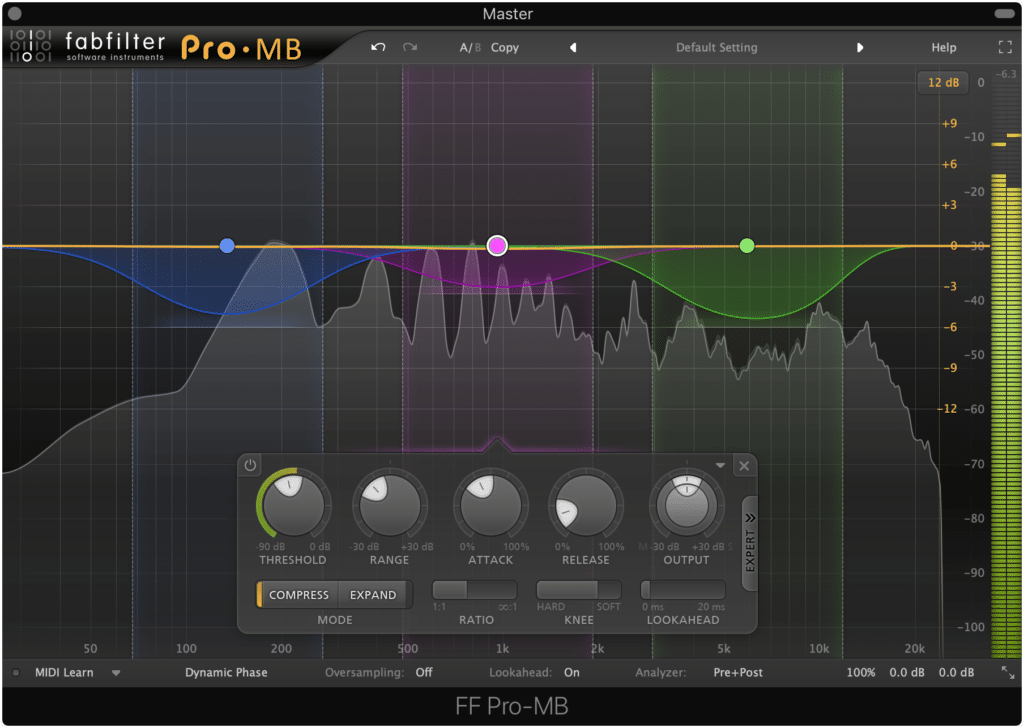
Avoid heavy compression when mastering metal. Heavy compression will reduce the impact your master has.
That being said, try not to master your mix louder than an integrated -14 LUFS. Additionally, avoid compression unless necessary.
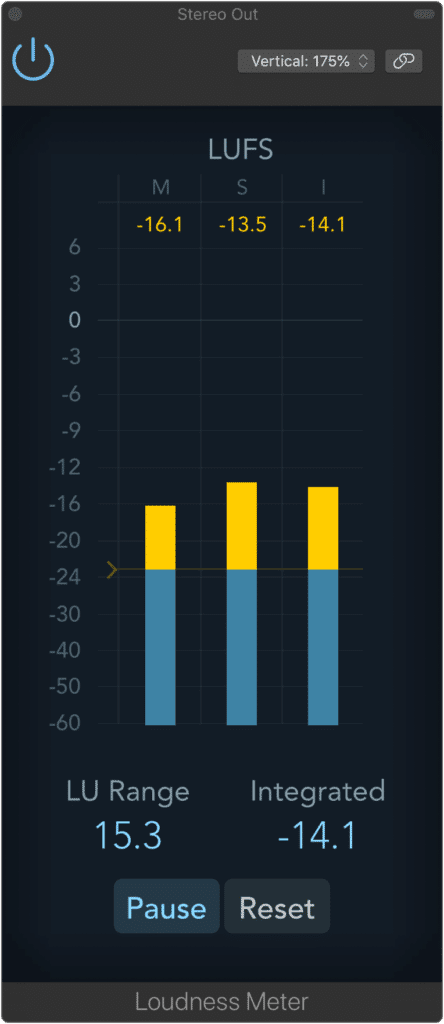
An integrated -14 LUFS is a good loudness at which to master.
Often times, engineers think they need to add compression during mastering simply because; however if a mix doesn’t need additional compression, it’s best to avoid additional compression altogether.
The less unnecessary compression you use, the more impact your drums and guitars will have. The more impact your drums and guitars have, the louder your master will sound after loudness normalization.
How to Make a Powerful and Dynamic Metal Master
Creating a dynamic and powerful metal master means augmenting percussive instrumentation and its relative dynamics while establishing impactful passages in a composition. This means that when a group of instruments is introduced, their presence is immediately impressive to the listener, differentiating that aspect of the composition from other aspects.

Creating a Powerful and Dynamic metal master is crucial to properly capture the genre.
In other words, when a song hits, it hits hard.
As you can probably tell, attempting to describe some of the more ineffable aspects of metal music is difficult - but when you hear a powerful and impactful section of a metal song you know it.
Typically these passages are characterized by simplistic and subdued instrumentation being followed by more complex and aggressive instrumentation. When that aggressive instrumentation hits, it needs to be impressive and evoke an emotional response from the listener.
In other words, it needs to create a visceral experience.
Creating a powerful and dynamic master is all about finding these parts of a song and augmenting them - this way they hit harder, and the emotional response from the listener is stronger.
One way to do this, as we’ve discussed, is retaining dynamics. This way the quieter parts are quieter and the louder parts are louder - further accentuating the change between the two.
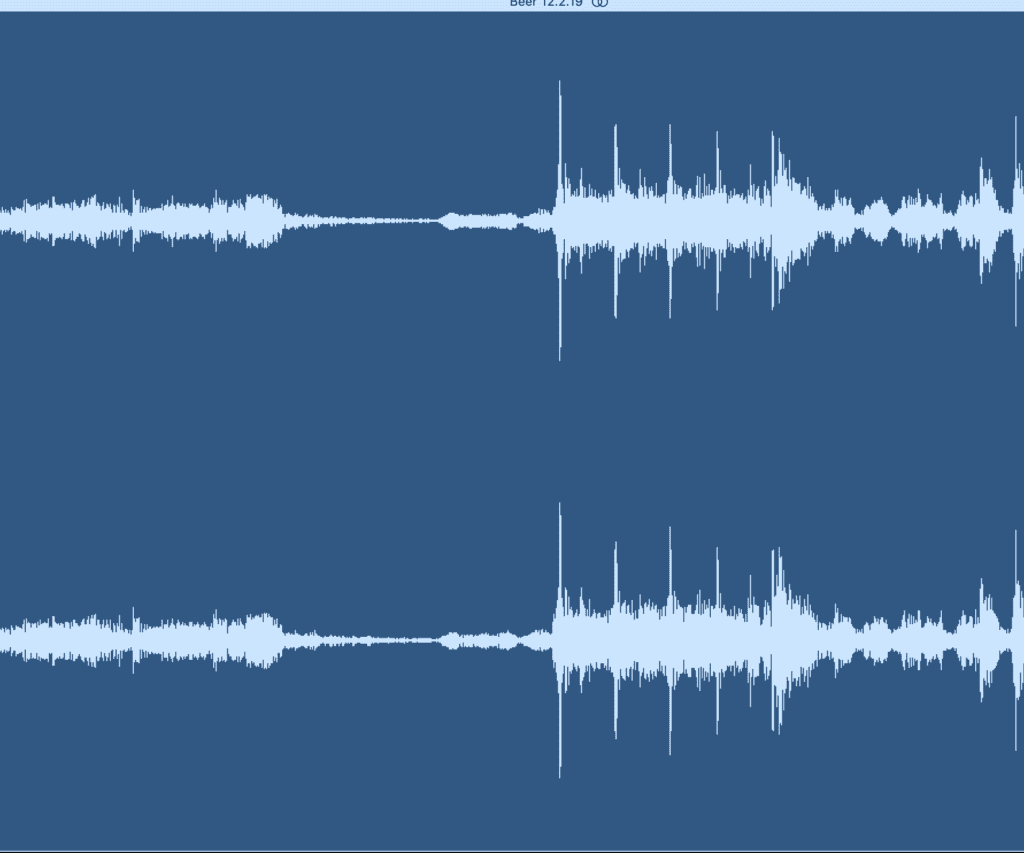
Allowing for dynamics means more powerful sections sound more impressive.
Another is to introduce low-level compression and harmonic distortion, this way when a loud section hits, it sounds full and complex, with all of its details and distortions on full display.
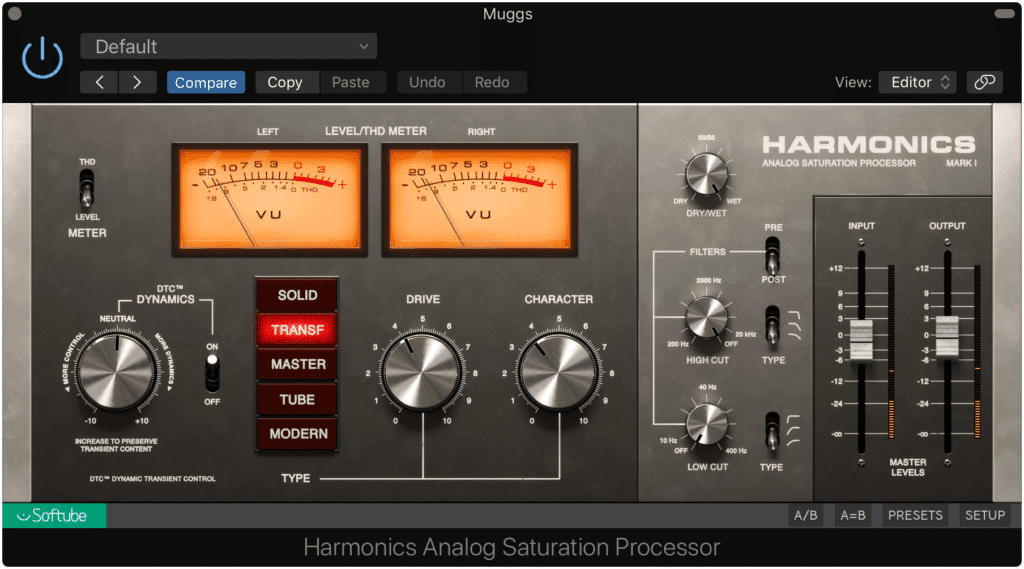
Harmonic distortion can make louder sections sound louder.
Lastly, you can employ subtle automation and amplify louder sections to further differentiate them. When using automation in this way, you could increase the distortion function of a plugin, or maybe enable a small EQ boost - or you could simply increase the volume of the entire section.
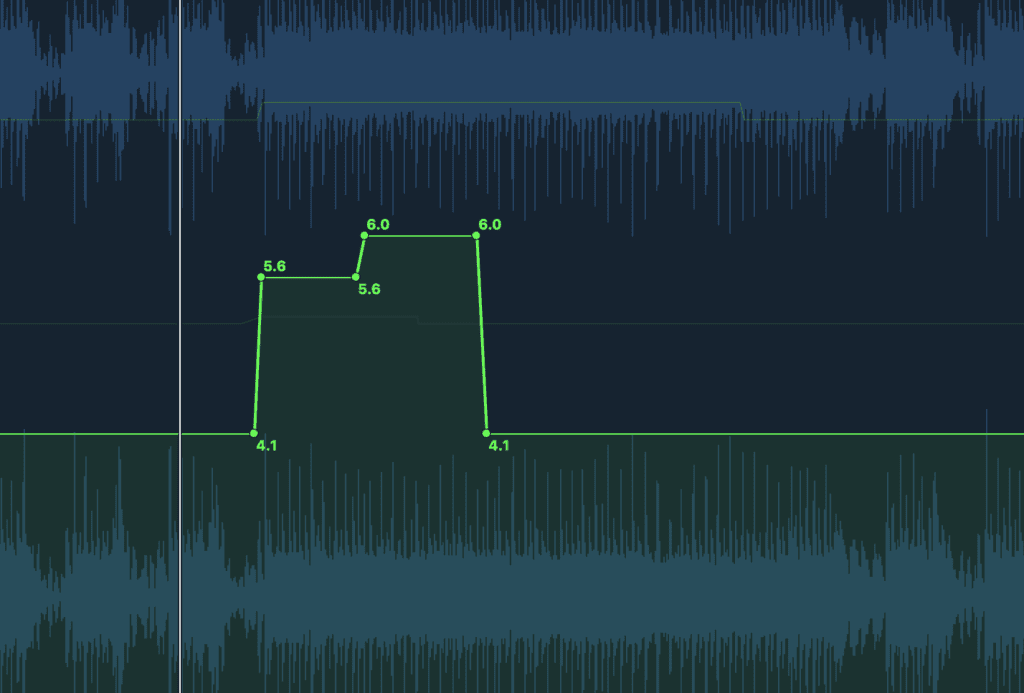
Automation is a creative way to add some variance to your master.
However you choose to add power and dynamics to your metal master, the primary goal is to create a full and complex sound whenever a louder section hits.
Simple Ways to Create a More Powerful Master:
- Use a limiter with a dynamic, or transient retention function
- Use a low-level compressor to amplify quieter aspects of the master
- Use harmonic generation to create a complex sound
- Employ automation to accentuation sections of a song
If you’d like to hear you mix as a powerful and impactful master, send it to us here:
We’ll master it for you and send you a free sample of it for you to review.
How to Create a More Detailed and Transient Metal Master
The best way to create a detailed and transient metal master, or master in general, is to minimize the use of compression while introducing transient shaping. By utilizing specific compressor settings, and using transient specific expansion, you can create a highly detailed and transient metal master.
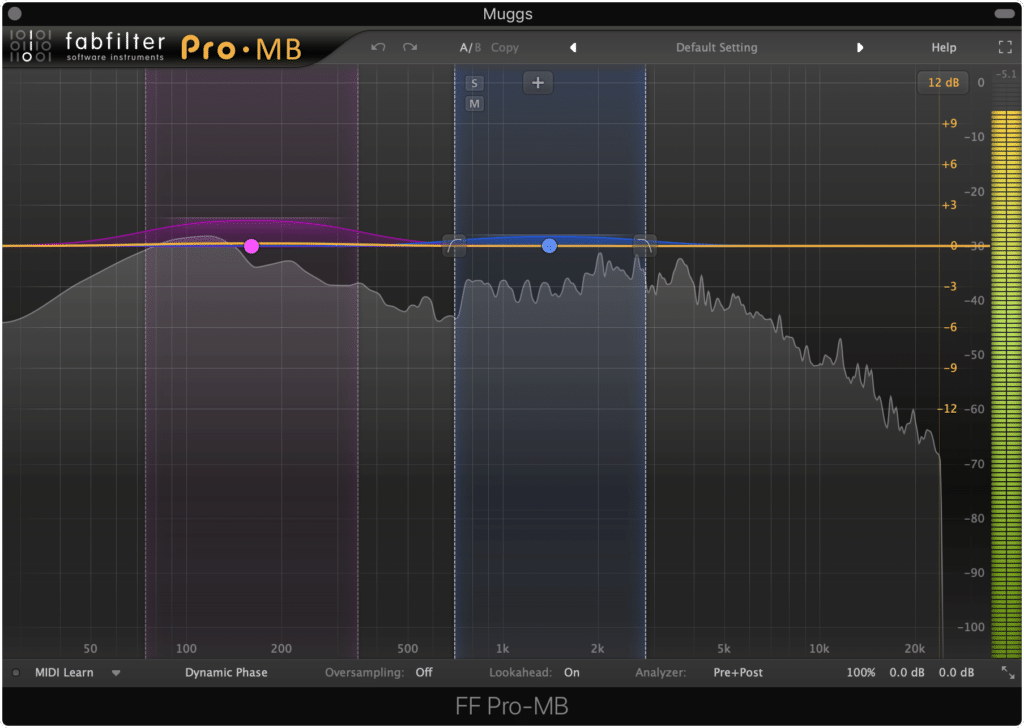
A multiband compressor can often be used as a multiband expander.
As stated earlier, the best way to retain transients and dynamics is to avoid any unnecessary compression - but avoiding compression all together isn’t always an option. With that said specific compression settings can be used that minimize compression and in turn maximize the detail of your master.
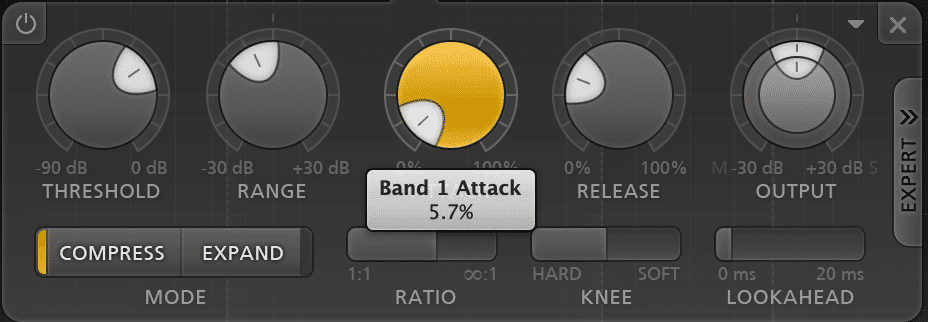
Specific compression settings can be used to retain details and transients.
Simply put, a longer attack time and a shorter release time will work in your favor . This way the compressor is activated after the transient (meaning the transient will not be compressed and have it’s amplitude attenuated) and your signal will return to its relative amplitude quickly.
As a result, your master is compressed when needed but your transients stay intact.
Other than retaining your transients, you can amplify them by using frequency-specific expansion. If you want to expand your transients and only your transients, you’ll need to isolate the frequencies you wish to amplify, and then set a very quick attack and a short to medium-length release.
Let’s look at this step by step:
Step 1 : Insert a frequency-specific expansion plugin (often a multi-band compressor has this functionality)
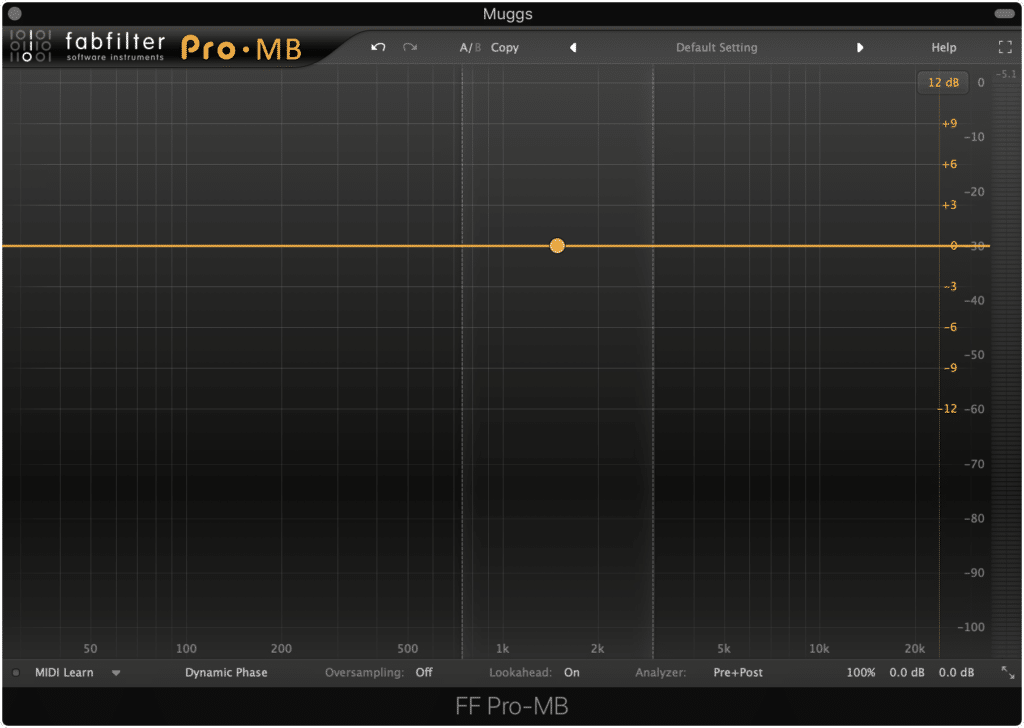
Insert your multiband compressor.
Step 2. Find the frequencies you wish to expand, and process only that band or bands.
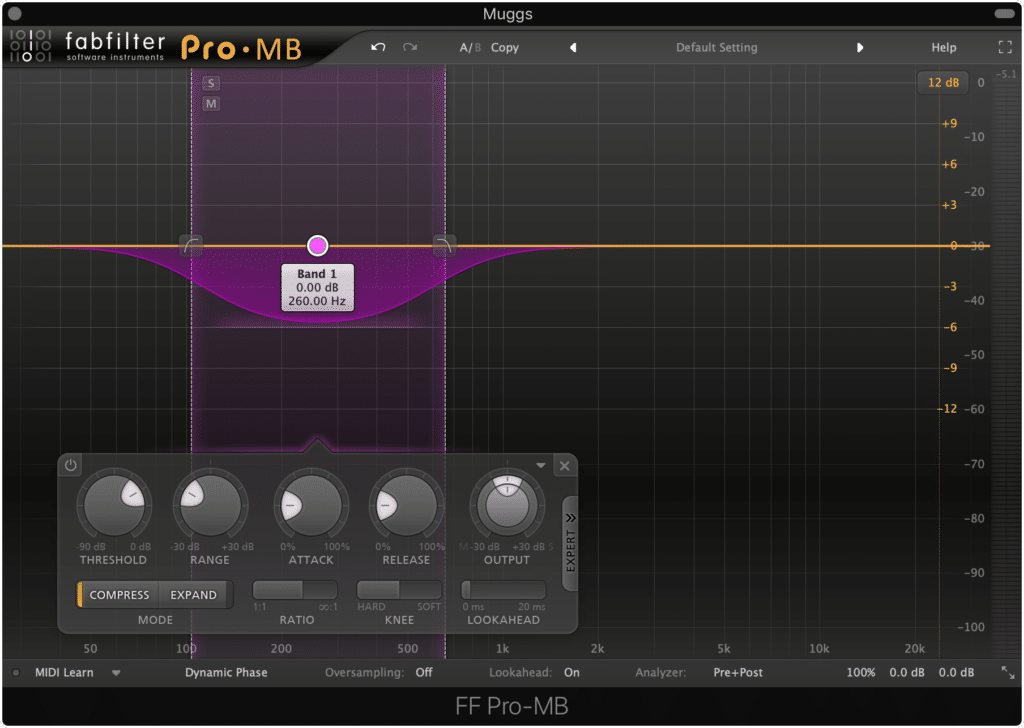
Isolate the frequencies you want to expand, often the kick or snare.
Step 3. Set a ratio of less than 1:1 - for example 1:1:2 is a ratio used for expansion.
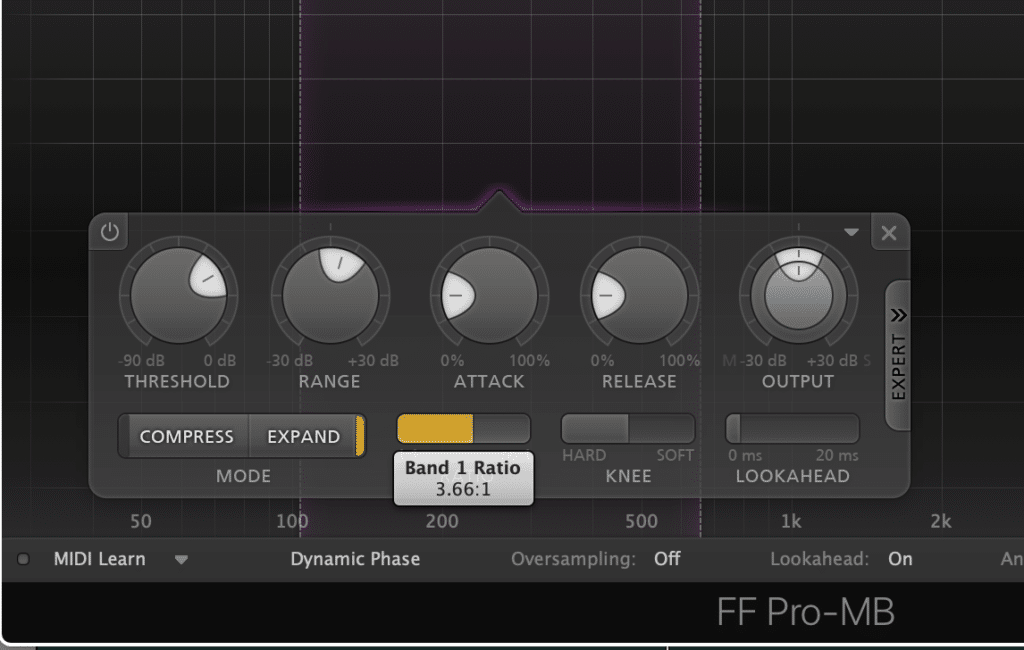
The FF PRO-MB uses compression and expansion modes instead of the ratios described above. Most expanders will use the ratios described.
Step 4 . Lower your threshold until the transient triggers the expander.
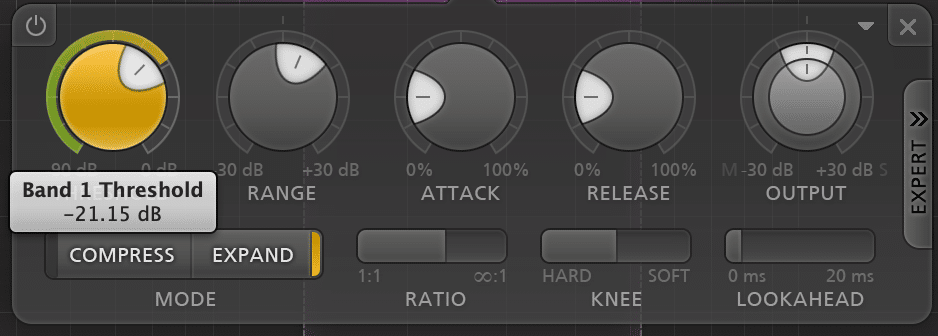
Lower your threshold while observing gain reduction to ensure you're only expanding when desired.
Step 5. Set a quick attack time, and a short to medium release.
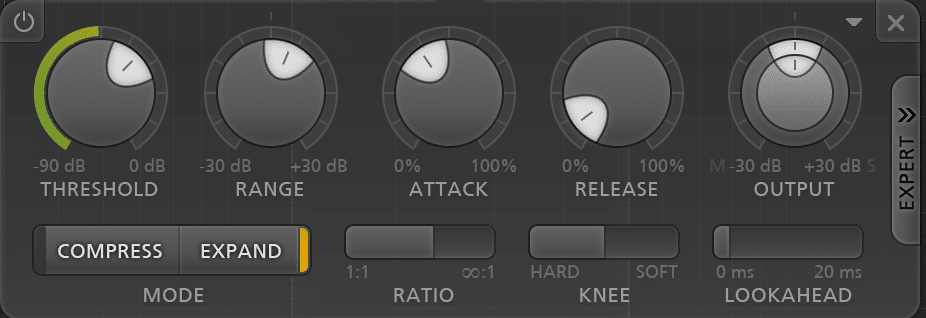
The above attack and release would be too long and too short respectively. A quick attack and medium release setting ensures only the transient is expanded.
If set accurately, your expander will only trigger during transients, and only amplify that transient for as long as it occurs naturally.
If you wish you can increase the release time to amplify the tail of snare drums and other transient instruments, but do so very carefully , as introducing this type of expansion incorrectly can easily and negatively impact your master.
If you want both your compression and expansion to sound more natural, you can set the attack and release times to the tempo of the track. The easiest way to find the correct attack and release times is to divide the number 60,000 by the BPM.
This will result in a quarter note measured in milliseconds. You can further divide this number by even numbers to create shorter, but still “in time” processing times.
So for example, say your metal track has a BPM of 140. Here is what that math would look like:
60000/150 = 400ms. Considering 400ms is too long, you’ll most likely want to shorten it.
400ms/32 = 12.5ms. This would, in turn, create a 1/128th note. If desired, an even shorter attack and release time could be used.
A simpler way to accomplish this type of expansion would be to use a plugin dedicated to this type of processing. Softube’s Transient Shaper is a good example of a high-quality plugin designed for this purpose.
If you’d like to learn more about compressor and expansion settings, check out our blog post that details dynamic and transient retention:
It covers how to create a dynamic master.
How to Create Mastering Glue
Creating mastering glue really comes down to using parallel compression as a means of intense and drastic compression. When creating mastering glue it’s best to send your signal to an auxiliary channel, perform your compression on that send, and then slowly and subtly reintroduce it back into your signal.

Parallel compression is a great method for creating mastering glue.
When it comes to mastering metal music, parallel compression using a “colorful” compressor, or one that delivers analog saturation, can really cause a mix to sound full and melded together.
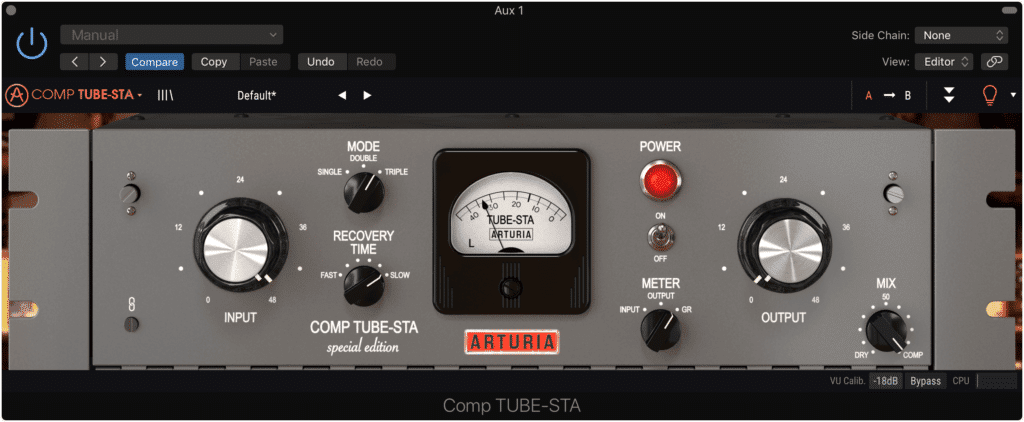
When using parallel compression, a compressor that utilizes harmonic generation is a good option.
Of course, you’ll need to use this technique moderately, as introducing too much of your parallel compressed signal back into your original signal will result in an over-compressed sound.
But if you’re looking to create a powerful master, one that sounds cohesive and “glued” using parallel compression well will be crucial.
If you want to learn how to use a parallel compressor for the sake of creating a glued master, check out our blog post on the topic:
It shows how you can create a great sounding parallel compressed master.
Some of the Best Sounding Modern Metal Albums
- The Satanist - Behemoth

The Satanist is a great reference for dense metal records.
Showcasing the best of transient retention, powerful and impactful transitions, and a well maintained dynamic range, the Satanist is a complex and impressive-sounding album. If you’re looking to mastera dense metal record, one that includes various instruments carefully layered to create a full sound, the Satanist is a great reference.
- Bushcraft - Baptists
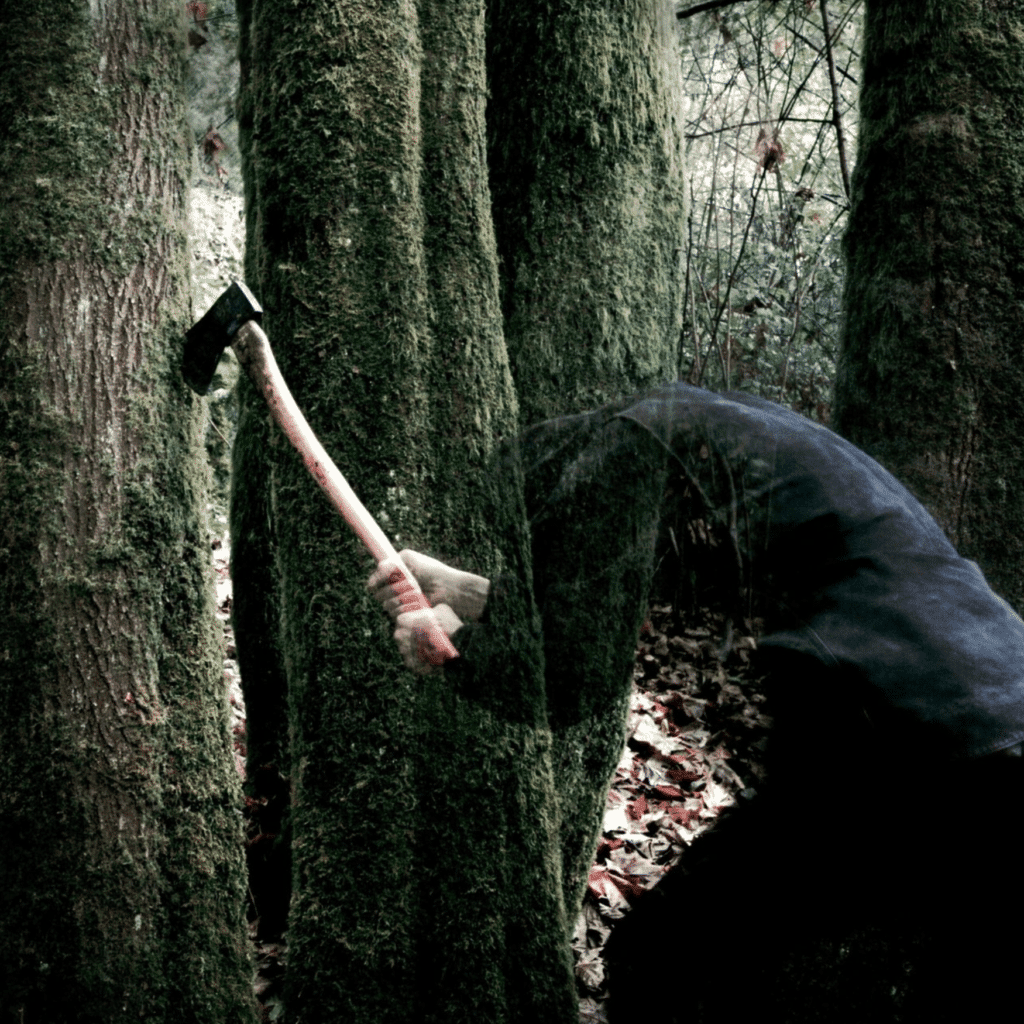
Bushcraft is more punk-metal oriented and serves as a good reference for that sub-genre of metal.
Bushcraft by Baptists is a great reference for any punk-driven, drum-heavy metal mastering session . Although the entirety of this record sounds fantastic, in particular, the mastering engineer’s ability to retain the dynamics of the percussion while simultaneously embellishing the power of the surrounding instrumentation really makes for a great sounding metal album.
- The Jester Race + Black-Ash Inheritance (2014 Reissue) - In Flames

The Jester Race is a loud but clear sounding album. This makes it a great reference for detailed and transient masters that still achieve greater loudnesses.
If you’re looking to create a loud metal album, one that competes with some of the loudest records out there, yet still somehow retains its clarity and transient detail, the Jester Race is a must-listen. The Jester Race sounds both balanced and aggressive , lending it to a classic metal sound, and establishing the record as a solid reference for most metal mastering sessions.
Is Analog or Digital Mastering Better for Heavy Metal?
Whether analog or digital mastering is better for metal truly depends on the sub-genre of the metal music being mastered - as some sub-genres heavily benefit from the tone analog processing provides, whereas some benefit from the clarity digital provides. It’s best determined on a case by case basis.
Whereas analog processing colors the sound with harmonic generation, and subtly affects the perceived depth and stereo image, digital processing tends to leave audio primarily unaltered from its previous state.
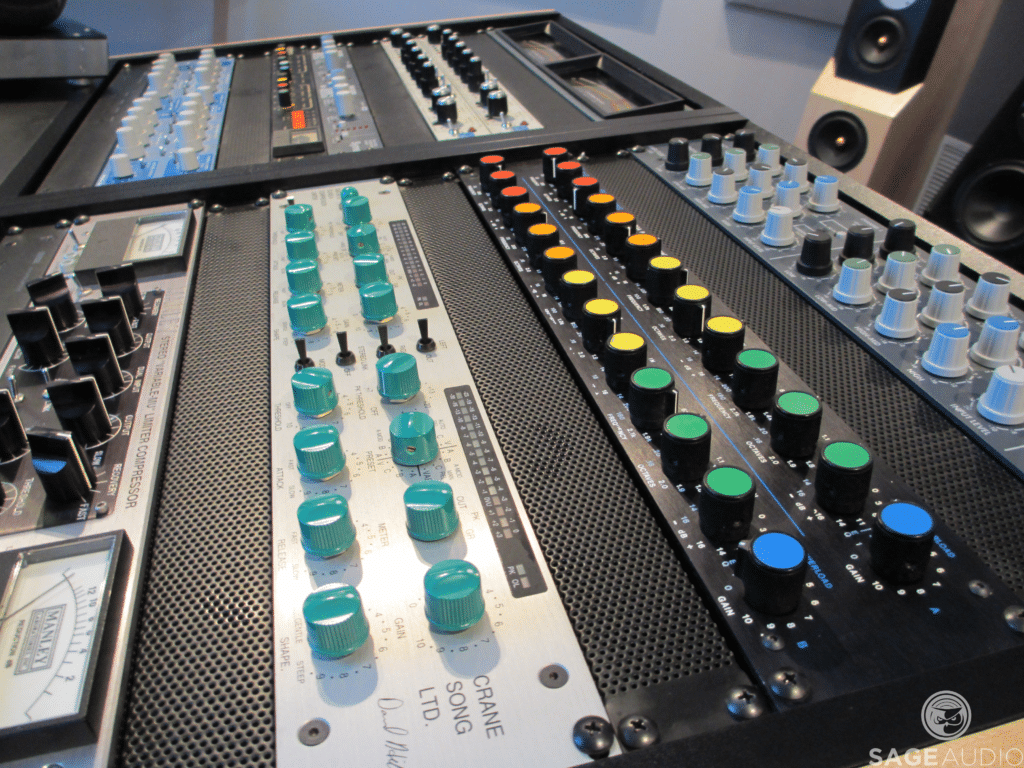
Both analog and digital processing will work well for metal mastering.
If you want your master to sound similar to the mix, but prepared for distribution, then a digital mastering studio may be the best option.
If your metal master could benefit from analog tone, then analog mastering would be the best option for your project.
If you’d like to hear your metal music mastered by an analog studio, you can do so for free here:
We’ll master it for you and send you a free analog mastered sample for you to review.
Conclusion
Mastering metal music looks similar across its various sub-genres. Although the approach to a metal album will definitely vary based on the mix, and the intention of the artist, all metal albums ultimately sound impressive if mastered correctly.
You’d be hard-pressed to find a properly mastered metal record that sounds small, subdued, and lacks impact. With that said, the goal of any heavy metal mastering session is to create a powerful master, one that sounds loud while retaining transient detail and evokes a visceral response from the listener.
By utilizing some of the information provided above, creating a great sounding heavy metal master becomes a bit easier.
Would you like to hear your metal music mastered by professionals for free? Send it to us here:
Have you ever mastered a metal album?




